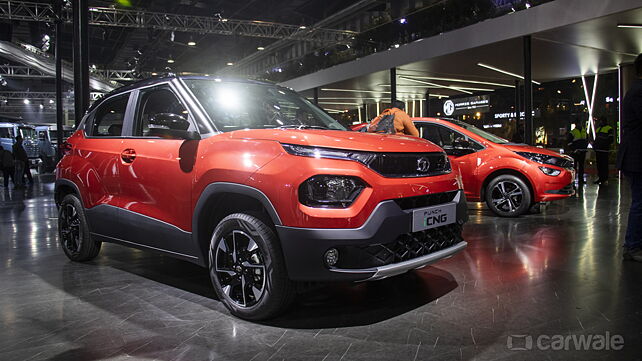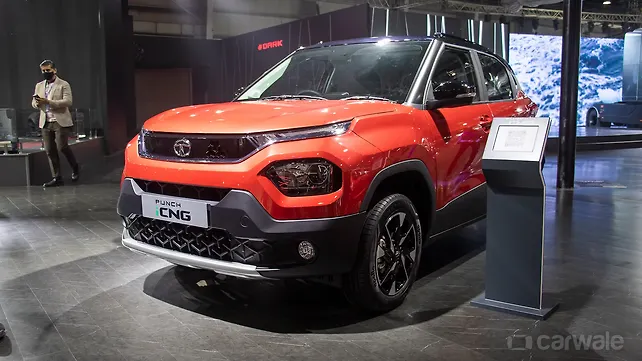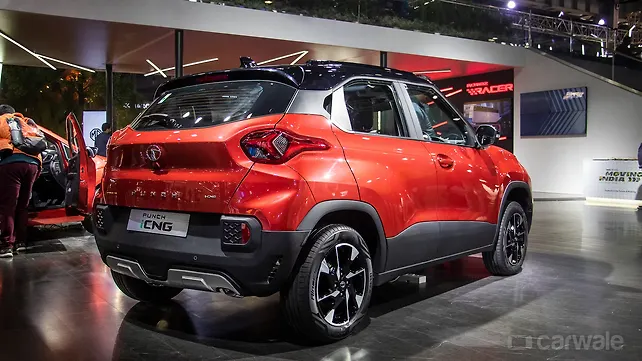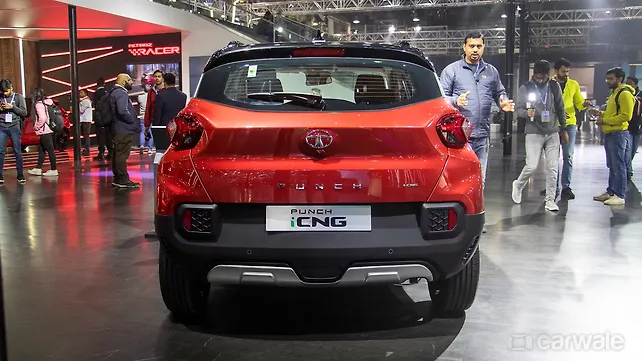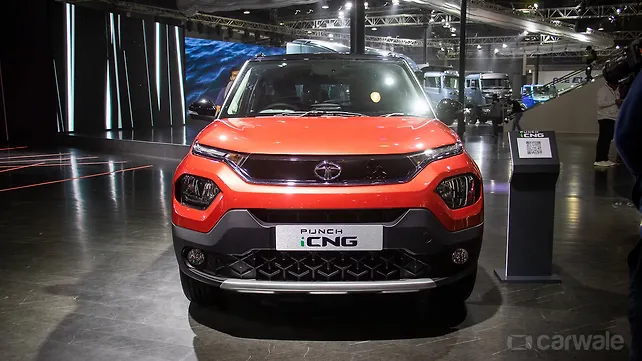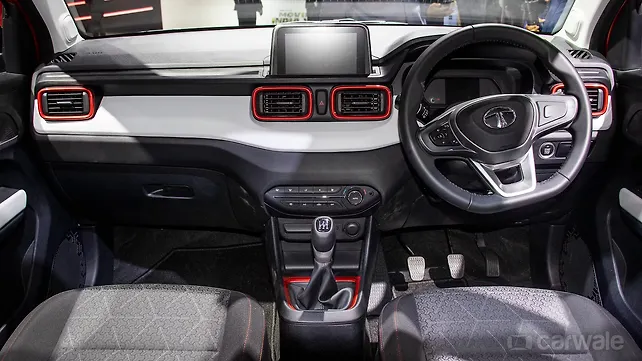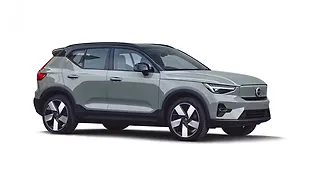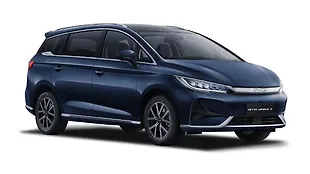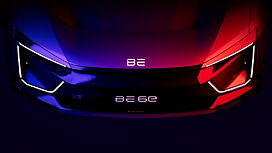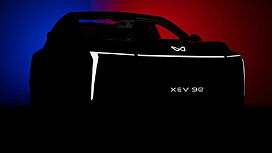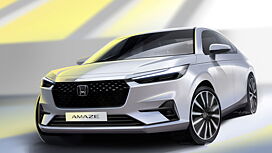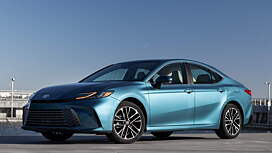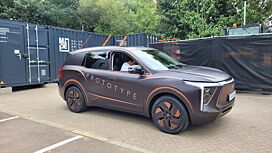What is it?
The Tata Punch is currently one of the best-selling models from the carmaker's portfolio. We believe a CNG-powered version would make its case stronger and guess what? It is coming soon. It will share its engine option with the Altroz. Likewise, it will be made available with a similar twin-cylinder kit in the boot. Our first impressions of the premium hatchback are out here, and we shall now delve into the details of the new Punch i-CNG. Before we begin, let us bring to your notice that the one displayed at the 2023 Auto Expo looked identical to the standard Punch. The only difference between the two in terms of looks was the ‘i-CNG’ badge on the boot.

How is it on the inside?
The Punch i-CNG's cabin will be more or less the same as the standard Punch. However, it's quite obvious that there will an additional 'CNG' button to shift between petrol and CNG. Otherwise, the design, layout, seats, and equipment will be carried over from the standard version. This also means it will be a comfortable, practical, and feature-rich CNG car unlike many others available in the market now.

Let's address the elephant in the room, which is boot space as in the case of every CNG car. In the case of the Punch, like the Altroz, the CNG variants boast Tata's 'twin-cylinder technology'. So, instead of using a single 60-litre CNG cylinder, the Punch CNG gets two 30-litre cylinders. This has helped save some space in the boot. In fact, the carmaker has moved the spare wheel under the boot. As a result, 150 litres of boot space has been made available.

What kind of features will it get?
When we called it a feature-rich cabin earlier, we meant relatively, as most other CNG cars miss out on many features from their corresponding top-spec variants. However, that's not the case with the Punch. In fact, the Punch i-CNG comes with a newly added feature in terms of a sunroof. This is an electric sunroof with voice activation. Some of the other features that are offered with this CNG car include LED DRLs, projector headlamps, 16-inch diamond-cut alloy wheels, a seven-inch instrument cluster, a seven-inch touchscreen infotainment system, a six-speaker sound system, and automatic climate control among others. On the safety front, the Punch i-CNG will boast six airbags over the other equipment on the regular version. There's even a safety suite including a fire protection device, thermal incident protection, and leak detection feature. Then, there's a micro-switch that keeps the car off while refuelling. What's more, Tata Motors is using advanced materials in the CNG kit to prevent leakage. And lest we forget, unlike other CNG cars which need to be started on petrol every time and then switched to CNG while the engine is running, the Punch can be directly powered on with CNG.

What is it powered by?
The Punch i-CNG derives power from the same 1.2-litre, three-cylinder Revotron petrol engine which produces 86bhp and 113Nm of torque. In the CNG mode, however, it is rated at 76bhp and 97Nm. The gearbox option on offer will be only a five-speed manual unit. There’s no word on its fuel efficiency or range yet, but we are keen on knowing that and even putting the car to the test. Hopefully, soon.

What about its price, competition, and launch?
Tata Motors hasn't revealed its plan of launching these new CNG cars yet. However, we expect these to be launched during the upcoming festive season. We believe the CNG version should be around Rs 50,000 – Rs 70,000 more than the regular version. If priced more, it will not be able to maintain an upper hand with CNG cars from Maruti Suzuki or Hyundai. However, the Punch i-CNG will still be one of the most practical, modern, and feature-packed CNG cars in India upon its launch. It's got SUV-like looks, a funky interior, and a comfortable cabin. We also hope it will be able to offer a good performance boosted by what Tata Motors calls Dyna-pro technology. And, unlike other entry-level CNG cars, the Punch i-CNG powertrain option will be offered in top-end Accomplished and Creative trims. Now, that is all the goodness of the standard versions combined with the economical CNG fuel.

Pictures by Kaustubh Gandhi and Kapil Angane

